-

Change Management & Security: Why It’s Critical for Cyber Resilience
Change management plays a crucial role in improving security by providing structured processes to manage, monitor, and mitigate risks associated…
-

Memory Security Issues
Memory security issues refer to vulnerabilities, threats, and challenges related to the management and protection of memory in computer systems.…
-
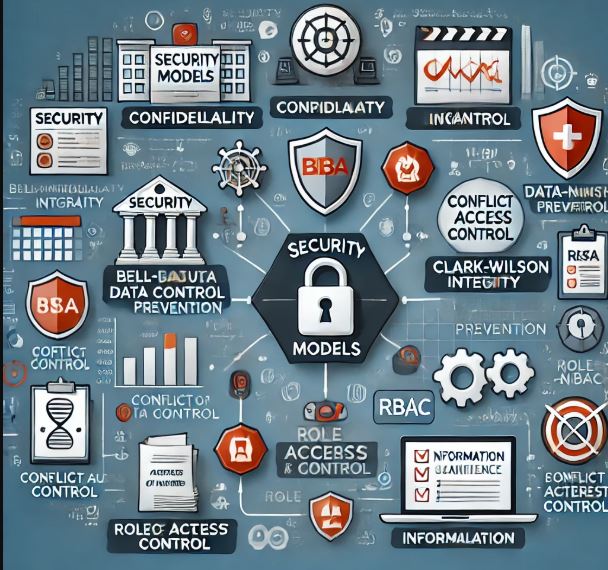
Security Models in Risk Management
Security models, with their formalized frameworks, play a critical role in risk management and auditing by providing structured ways to…
-
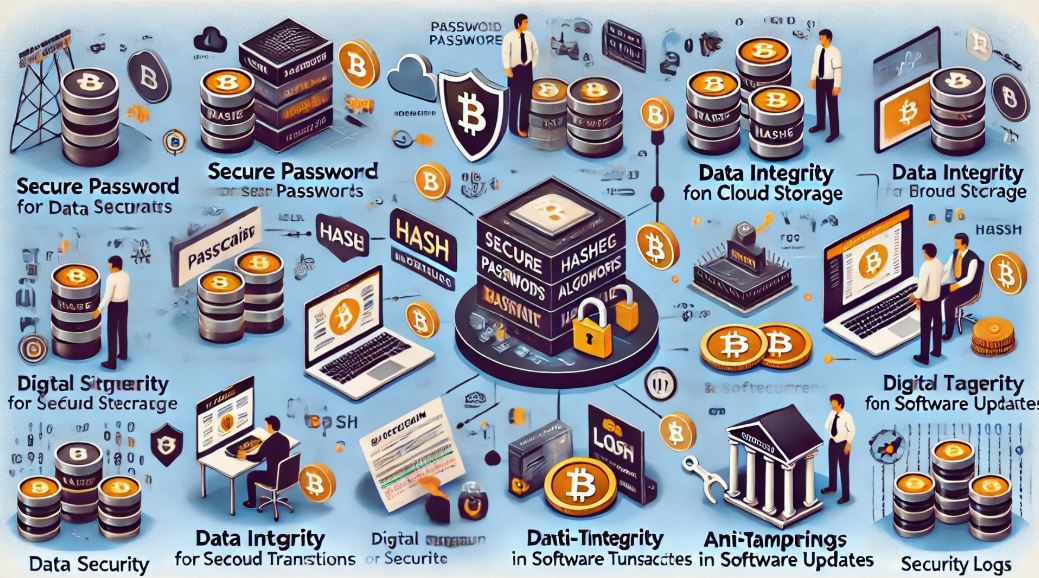
🔹 𝗥𝗲𝗮𝗹-𝗪𝗼𝗿𝗹𝗱 𝗦𝗰𝗲𝗻𝗮𝗿𝗶𝗼𝘀 𝗼𝗳 𝗛𝗮𝘀𝗵𝗶𝗻𝗴 𝗔𝗹𝗴𝗼𝗿𝗶𝘁𝗵𝗺𝘀 𝗳𝗼𝗿 𝗜𝗻𝗱𝘂𝘀𝘁𝗿𝘆 𝗗𝗮𝘁𝗮 𝗦𝗲𝗰𝘂𝗿𝗶𝘁𝘆:
🔸 𝟭. 𝗦𝗲𝗰𝘂𝗿𝗲 𝗣𝗮𝘀𝘀𝘄𝗼𝗿𝗱 𝗦𝘁𝗼𝗿𝗮𝗴𝗲 (𝗕𝗮𝗻𝗸𝗶𝗻𝗴 & 𝗘𝗻𝘁𝗲𝗿𝗽𝗿𝗶𝘀𝗲𝘀) 📌 Scenario: A bank wants to store customer passwords securely to prevent…
-

𝗧𝗵𝗲 𝘁𝗼𝗽 𝗺𝗼𝘀𝘁 𝘂𝘀𝗲𝗳𝘂𝗹 𝗰𝘆𝗯𝗲𝗿𝘀𝗲𝗰𝘂𝗿𝗶𝘁𝘆 𝗹𝗮𝘄𝘀:
𝟭. 𝗚𝗲𝗻𝗲𝗿𝗮𝗹 𝗗𝗮𝘁𝗮 𝗣𝗿𝗼𝘁𝗲𝗰𝘁𝗶𝗼𝗻 𝗥𝗲𝗴𝘂𝗹𝗮𝘁𝗶𝗼𝗻 (𝗚𝗗𝗣𝗥) – 𝗘𝘂𝗿𝗼𝗽𝗲 📌 Why It’s Useful: One of the strongest data protection laws. Protects…
-
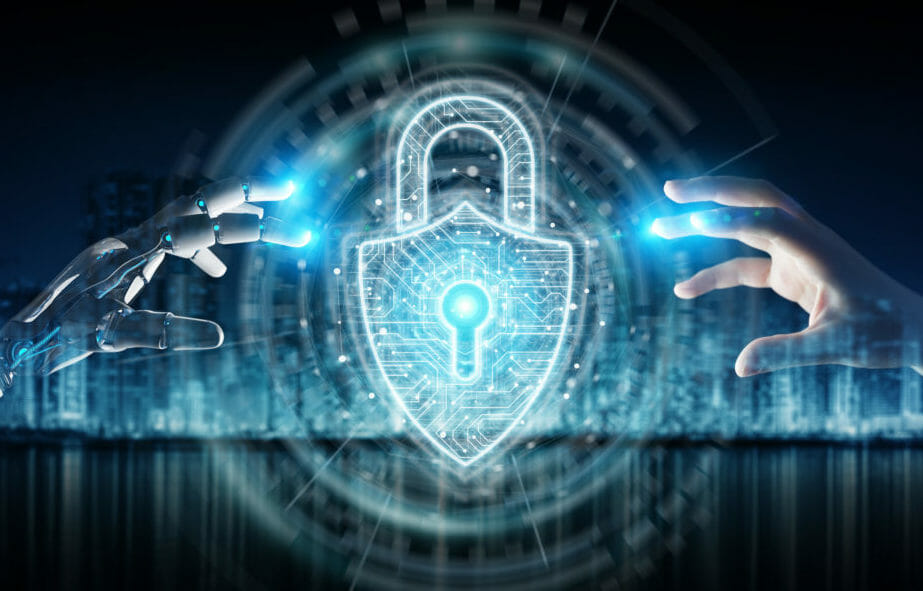
𝗖𝘆𝗯𝗲𝗿 𝗔𝗜 (𝗔𝗿𝘁𝗶𝗳𝗶𝗰𝗶𝗮𝗹 𝗜𝗻𝘁𝗲𝗹𝗹𝗶𝗴𝗲𝗻𝗰𝗲 𝗶𝗻 𝗖𝘆𝗯𝗲𝗿𝘀𝗲𝗰𝘂𝗿𝗶𝘁𝘆)
Cyber AI refers to the use of artificial intelligence and machine learning techniques to enhance cybersecurity operations. It helps detect,…
-
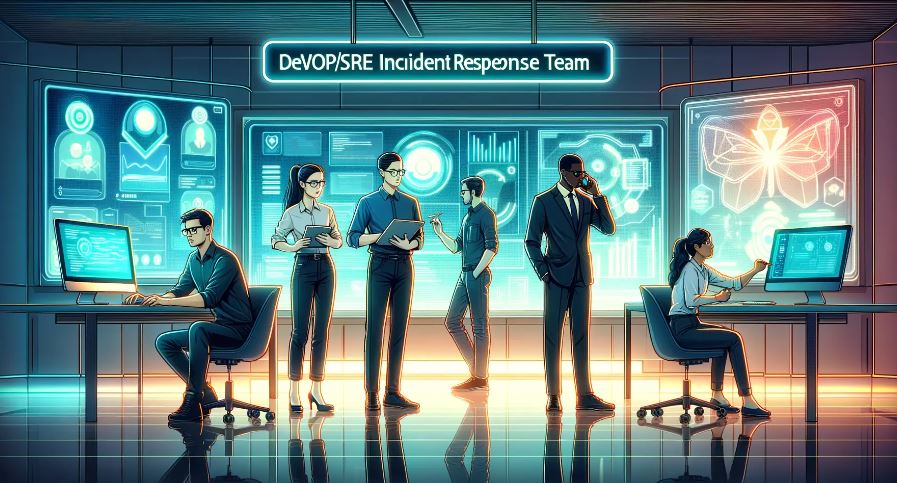
Keeping Team Morale High During Cybersecurity Incidents
In the high-stakes world of cybersecurity incidents, teams face intense pressure, long hours, and critical decision-making. Keeping morale high during…
-

𝗛𝗼𝘄 𝗘𝗺𝗽𝗹𝗼𝘆𝗲𝗲 𝗢𝘃𝗲𝗿𝘀𝗶𝗴𝗵𝘁 𝗖𝗮𝗻 𝗜𝗺𝗽𝗿𝗼𝘃𝗲 𝗦𝗲𝗰𝘂𝗿𝗶𝘁𝘆?
Employees are both an organization’s greatest asset and its biggest security risk. Effective employee oversight ensures that security policies are…
-
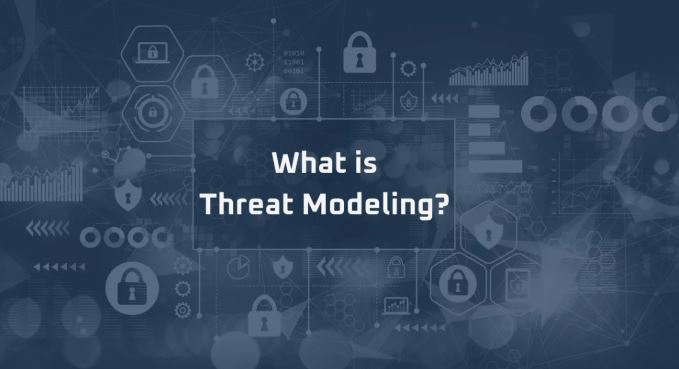
What is Threat Modeling?
Threat modeling is a proactive cybersecurity process used to identify, analyze, and mitigate potential threats before they can exploit system…
-

𝗛𝗼𝘄 𝗔𝗰𝗾𝘂𝗶𝘀𝗶𝘁𝗶𝗼𝗻𝘀, 𝗠𝗲𝗿𝗴𝗲r𝘀, 𝗮𝗻𝗱 𝗗𝗶𝘃𝗲𝘀𝘁𝗶𝘁𝘂𝗿𝗲𝘀 𝗜𝗻𝗰𝗿𝗲𝗮𝘀𝗲 𝗢𝗿𝗴𝗮𝗻𝗶𝘇𝗮𝘁𝗶𝗼𝗻𝗮𝗹 𝗥𝗶𝘀𝗸
Mergers, acquisitions, and divestitures can transform businesses, but they also introduce significant risks—from cybersecurity threats to operational disruptions. Here’s why…

